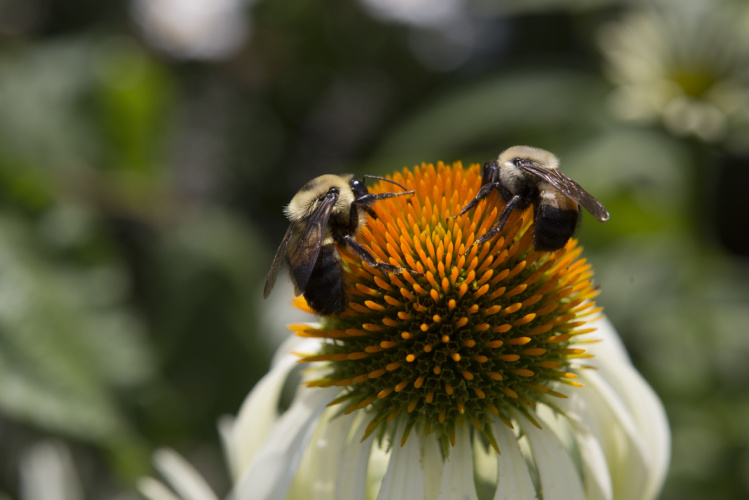 Ohio’s honey bee industry can be described in one word: buzzworthy. Despite the decline in honey bee population across the nation in recent years, the Buckeye State has stepped to the plate, with the number of beekeepers steadily increasing to more than 5,000 registered.
Ohio’s honey bee industry can be described in one word: buzzworthy. Despite the decline in honey bee population across the nation in recent years, the Buckeye State has stepped to the plate, with the number of beekeepers steadily increasing to more than 5,000 registered.
“There has been a huge increase and interest in folks who want to be beekeepers,” says Denise Ellsworth, entomologist at The Ohio State University (OSU) Extension. “Pollinators have been in the news, and people are hearing that bees are threatened and want to help. The rise of interest in local food, local honey and raw honey has also added to the increase.”
Honey bees, along with other pollinators such as butterflies, birds, bumblebees and moths, are important to keep crops and plants thriving, especially produce grown in Ohio.
“We have a lot of products that depend on pollinators,” Ellsworth says. “Apples, berries, cucumbers, pumpkins and more are dependent on them. They are a keystone species. Plus, the honey and byproducts that beekeepers are producing are important from an economic perspective for Ohio.”
To help keep Ohio’s pollinators healthy, the OSU Bee Lab focuses on research and outreach. The research branch studies aspects such as the effect of pesticides on pollinators and what bees are foraging on, while the outreach and education branches offer free webinars and other resources for beginning and experienced beekeepers alike.
But just because you’re not a beekeeper doesn’t mean you can’t do your part to help Ohio bees.
“My philosophy is that everyone can help, and not everyone has to be a beekeeper,” Ellsworth says.
She says that one easy way to help is to plant more flowers. Flowers such as sunflowers, asters and coneflowers are good choices for bees, since they offer plenty of pollen and nectar. She also says to keep in mind that bees are feeding at different times of the year.
“Gardeners can think of having something in bloom for as many seasons as they can,” Ellsworth says. “Different bees are feeding at different times, so honey bees need food throughout the spring, summer and fall. Be sure to incorporate pollen and nectar plants.”
Now I know how to chop fresh rosemary!